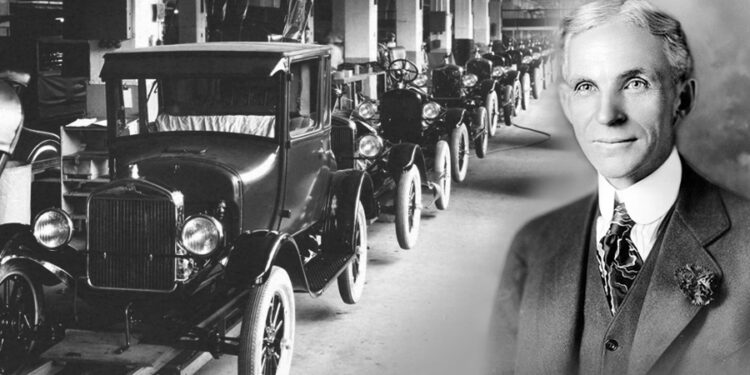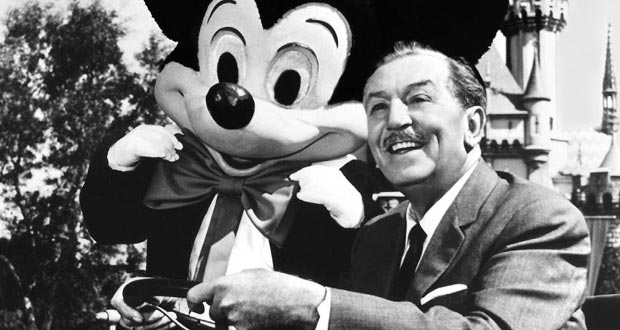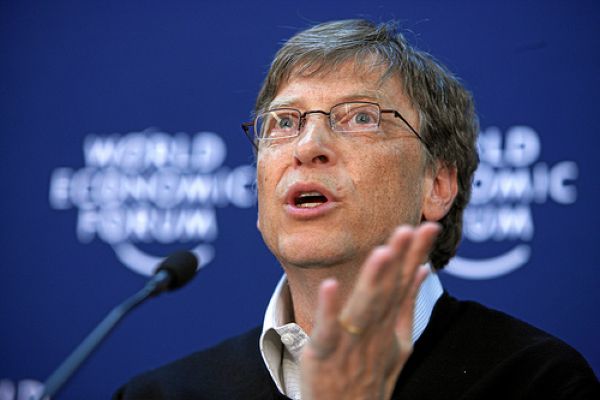Henry Ford, born in 1863 with his innovative ideas in producing motor vehicles and excellent engineering works went on to become the hero of people in the industry. His primary goal was always to produce petrol propelled motor vehicle and in 1896 he developed his first self propelled vehicle which he called the quadricycle. After a lot of struggles and legal battles, he founded the Ford Motor Company in 1903 with only $28000. He dreamed of making efficient affordable cars and in 1908 produced the popular model T. Henry Ford changed the world with his revolutionary ideas and transformed the motor industry with his leadership.… Read the rest
Entrepreneurship Case Studies
Case Study on Corporate Entrepreneurship: Steve Jobs of Apple
Corporate Entrepreneurship is broadly described as the process whereby an individual or a group of individuals, in association with an existing organization, create a new organization or instigate renewal or innovation within that organization. This definition includes two aspects of CE, a new business creation within existing organizations and renewal of the current strategy of the corporation. The vital notion is that corporations must capitalize on the entrepreneurial thinking of the managers to chase future evolution under changing and uncertain environments. Overall, studies suggest that Corporate Entrepreneurship activities are composed of three areas: idea generation, selection, and implementation or retention. Autonomy is an integral and central part of CE.… Read the rest
Case Study on Entrepreneurship: Mary Kay Ash
The founder of Mary Kay Inc, Mary Kay Ash is an outstanding woman in the business in the 20 century. There are many successful entrepreneurs over the world but none as unique as Mary Kay Ash. She is a amazing speaker, motivator. Her achievements left a remarkable mark on American business industry and opened the door for women around the world to achieve their potential and a successful life. She is referenced to as one of the 25 Most Influential Business Leaders during the Last 25 Years in 2004. The United States were lowered to half mast for her when she died in 2001.… Read the rest
Case Study on Entrepreneurship: Walt Disney
Animation is the allusion of movement through the persistence of vision. It dates back to as early as 1650 in Paleolithic cave painting, where animals were often drawn with multiple sets of overlapping legs. Although some argue that this could simply represent the artists’ changing their minds about leg position, most perceive these paintings as early attempts to portray motion. The zoetrope, a cylinder with vertical slits in the sides, is another example of early animation, as the inner surface of the cylinder has a band of sequenced pictures that produce the illusion of motion as the user looks at the pictures through the slits as it spins.… Read the rest
Case Study of Steve Jobs: The Ultimate Intrapreneur and Entrepreneur
Apple’s success can be without a doubt is credited to Late Steve Jobs and his entrepreneurial skills which reflected the way Apple developed their strategies and hence becoming a corporate Entrepreneur organization.
Steve Jobs was an entrepreneur who turned into an intrapreneur due to demands of the environment he worked in. Apple was established on April 1st, 1976 by Steve Jobs, Steve Wozniak and Ronald Wayne to sell the Apple I personal computer kit. The kits were hand-built by Wozniak. Steve Jobs was booted in 1985 and returned as CEO in 1997. By the time of his death in 2012 at the age of 56, he had transformed a company that was in such weak financial shape that it accepted a $150 million investment from Microsoft, into the most profitable technology company in the world.… Read the rest
Case Study on Entrepreneurship: Bill Gates
Bill Gates was born in Seattle on October 28, 1955 to his parents, Mary and William Gates II. He has two sisters. His father was a prominent Seattle lawyer, and his mother was a schoolteacher, University of Washington regent and chairwoman of United Way International. His great-grandfather was a state legislator and mayor, and his grandfather was the vice president of a national bank.
Bill strongly believes in hard work. He believes that if you are intelligent and know how to apply your intelligence, you can achieve anything. In school, he had an excellent record in mathematics and science. Still he was getting very bored in school and his parents knew it.… Read the rest





